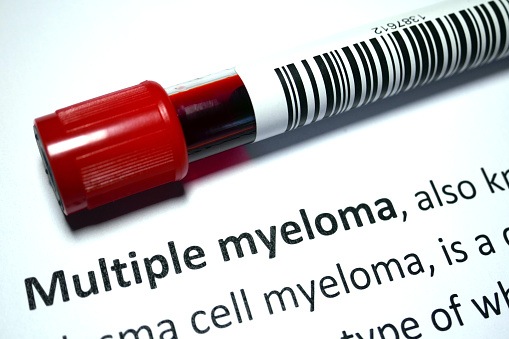
Some studies have suggested that pulmonary embolism (PE) can be safely ruled out using the YEARS algorithm, a diagnostic strategy that uses varying D-dimer thresholds. Researchers, led by Yonathan Freund, aimed to validate the safety of a diagnostic strategy combining the YEARS rule and the pulmonary embolism rule-out criteria (PERC) rule with age-adjusted D-dimer thresholds.
Their report in JAMA found that, among emergency department (ED) patients with suspected PE, the use of a combined YEARS rule and age-adjusted D-dimer threshold in PERC-positive patients did not negatively affect the rate of thromboembolic events when compared to conventional diagnostic strategies.
The trial was conducted in 18 emergency departments on 1,217 patients who had a low clinical risk of PE, and who were not excluded by the PERC rule or a subjective clinical assessment of intermediate risk for PE. Each center was randomized for the sequence of intervention periods. The primary end point was venous thromboembolism (VTE) at three months. Secondary endpoints included chest imaging, ED length of stay, hospital admission, nonindicated anticoagulation treatment, all-cause death, and all-cause readmission at three months.
In intervention periods, PE was ruled out without the use of chest imaging in patients with no YEARS criteria and a D-dimer level less than 1000 ng/mL, and in patients with one or more YEARS criteria and D-dimer levels under than the age–adjusted threshold (500 ng/mL if age <50 years or [age in years × 10] ng/mL in patients ≥50 years). In control periods, the diagnostic strategy excluded PE without imaging if D-dimer levels were less than the age-adjusted threshold.
PE was diagnosed in the ED in 100 patients. At three months, VTE was diagnosed in one patient in the intervention approach group (95% confidence interval [CI] 0.0–0.86), versus five in the control group (95% CI 0.26–1.86; adjusted difference, -0.64%).
Among secondary endpoints, the only significant differences between the intervention group and the control group were chest imaging (30.4% vs. 40.0%; adjusted difference, -8.7%) and ED median length of stay (6 hours [interquartile range, 4-8] vs. 6 hours [interquartile range, 5-9]; adjusted difference, -1.6 hours).
The researchers found the modified YEARS plus PERC diagnostic strategy promising, and they closed with the observation that this combined approach had a lower risk of a missed thromboembolic event compared to the conventional strategy (0.15% vs. 0.80%).







 © 2025 Mashup Media, LLC, a Formedics Property. All Rights Reserved.
© 2025 Mashup Media, LLC, a Formedics Property. All Rights Reserved.